Reviews:
No comments
Related manuals for SC44Ge
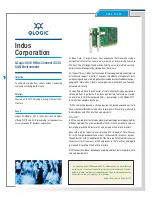
4010
Brand: Qlogic Pages: 2
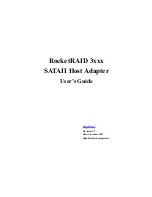
RocketRAID 3220
Brand: HighPoint Pages: 80
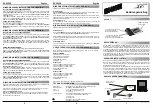
EX-6605E
Brand: Exsys Pages: 2
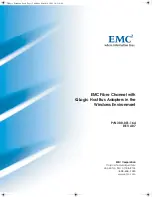
QLogic
Brand: EMC Pages: 104
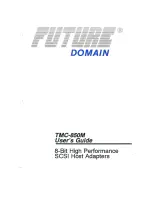
TMC-8S0M
Brand: Future Domain Pages: 48
DC-2975 U
Brand: Dawicontrol Pages: 32

SANblade QLA2300
Brand: Qlogic Pages: 30
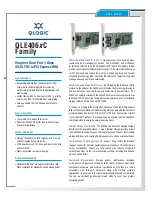
QLE4060C
Brand: Qlogic Pages: 2
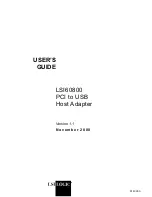
PCI to USB Host Adapter 60800
Brand: LSI Pages: 10
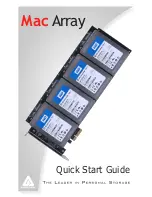
Mac Array
Brand: Apricorn Pages: 4
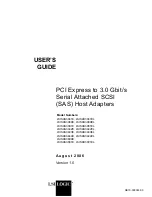
LSISAS3041E
Brand: LSI Pages: 46
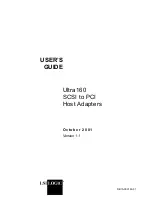
Ultra160
Brand: LSI Pages: 54
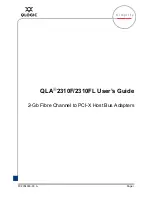
QLA 2310F
Brand: Qlogic Pages: 18
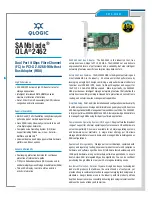
SANblade QLA 2462
Brand: Qlogic Pages: 2
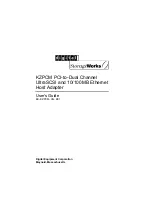
KZPCM
Brand: Digital Equipment Pages: 74
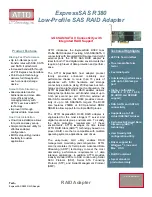
ExpressSAS R380
Brand: ATTO Technology Pages: 2
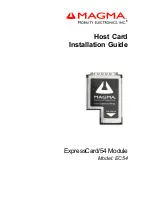
Host Card
Brand: Magma Pages: 32
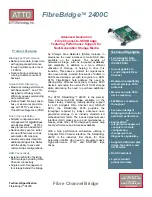
FibreBridge 2400C
Brand: ATTO Technology Pages: 2

















